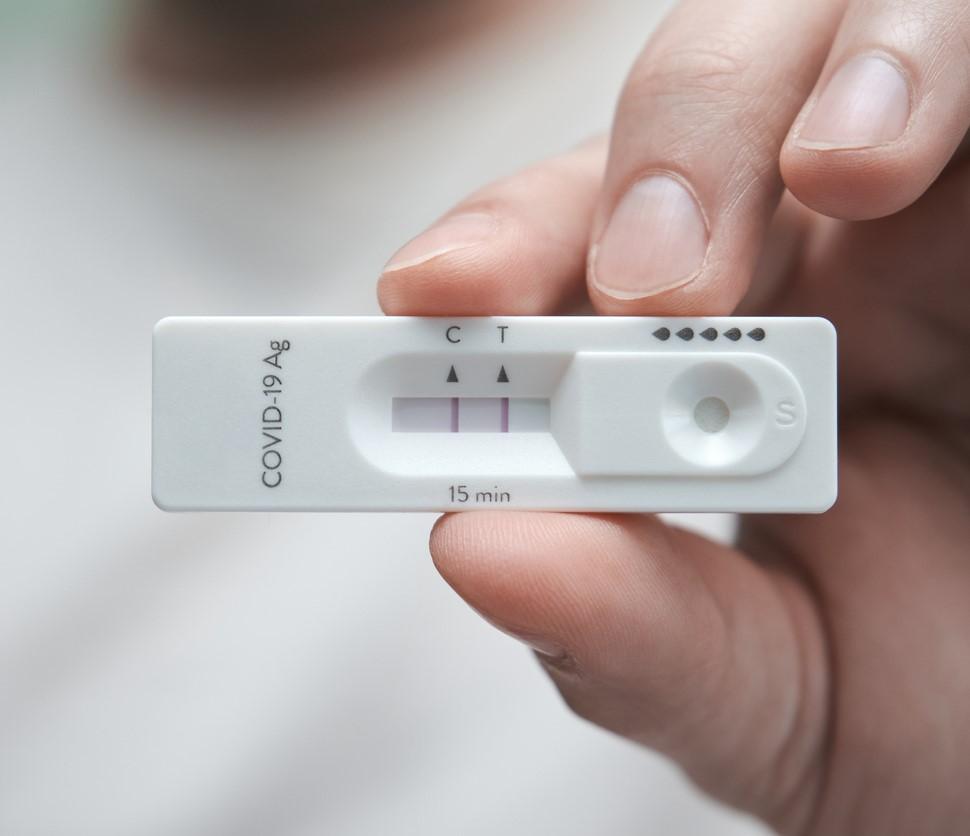In the United States, a slow but steady rise in COVID activity continued over the past week according to the latest data from the Centers for Disease Control and Prevention (CDC), while at the global level, the World Health Organization (WHO) said today that indicators are up in three of six regions.
Much of the activity is occurring against the backdrop of newer XBB variants that contain the F456L mutation, though health officials say they are closely watching the heavily mutated BA.2.86 virus, which is circulating but with an impact that's unclear.
Southern states see more emergency department visits, higher test positivity
In the United States, COVID hospitalizations have been rising for 7 straight weeks from a very low level, and last week, hospitalizations rose 21.6% from the week before. No counties are listed in the high category, and 85 are listed at the moderate level. In a variant update last week, the CDC reported increasing proportions of EG.5, FL.1.5.1, and XBB.1.16.6 subvariants.
Federal health officials this week said the CDC's vaccine advisory group will meet on September 12 to discuss recommendations for the updated COVID vaccines. Vaccination would begin after the CDC signs off on the Advisory Committee on Immunization Practices (ACIP) recommendations.
Deaths, one of the CDC's other main indicators, rose this week for the third week in a row, up 21.4% from the previous week. COVID deaths currently make up only 1.7% of the nation's latest deaths.
Early indicators also rose, including emergency department (ED) visits for COVID, which rose 20.4% compared to the week before. ED visits have risen to the moderate level for some states in the Southeast, including Louisiana, Mississippi, Alabama, Florida, and South Carolina.
Test positivity rose 1%over the past week, putting the national level at 13.4%. However, the positivity level is notably higher—at about 18%—in Texas and surrounding states.
Biobot wastewater tracking suggests a continuing slow rise in the West and Northeast, but downward trends in the Midwest and, to a lesser extent, the South.
At the local level, COVID and other respiratory viruses are having an impact. Two weeks into its school year, the Lee County School District in Kentucky cancelled in-person classes for the remainder of the week after a fifth of the students were ill with COVID, flu, or strep throat, NBC News reported. And in California, a 3-week rise in patients testing positive for COVID prompted Kaiser Permanente to reinstate masking for staff, patients, and visitors at its Santa Rosa facilities, the Press Democrat reported.
Global markers rise, especially in 3 regions
In its latest weekly update today the WHO said COVID cases—which aren't a reliable indicator of COVID activity—were up 63% compared to the previous 4 weeks, though deaths declined 48%. Cases were up in three of the WHO's six regions, most sharply in the Eastern Mediterranean, followed by the Western Pacific and Europe. The Eastern Mediterranean region also saw an increase in deaths over the past 4 weeks.
In the Eastern Mediterranean region, countries experiencing moderate rises include Kuwait, Iran, and Morocco. Much of the Western Pacific's rise is fueled by activity in South Korea, and in Europe, rising cases were reported from Belgium, Ireland, the Czech Republic, the United Kingdom, and Italy.
The WHO has said hospitalizations and intensive care unit (ICU) admissions are likely more reliable indicators, and those levels also rose. Of 19 countries that consistently report hospitalizations, 8 saw an increase of 20% or more: Bangladesh, Ireland, Greece, Kyrgyzstan, the United States, Malta, Mexico, and the Netherlands. And of 17 countries that regularly report ICU admissions, 6 reported rises of 20% or more over the past month: Ireland, Malta, Singapore, Latvia, Greece, and the Netherlands.
Variant developments, including more BA.2.86 from Denmark
In its variant update, the WHO said XBB.1.16 and EG.5 Omicron viruses are most common, and based on a declining number of sequences being reported, EG.5 is the only one showing increasing proportions.
Regarding the highly mutated BA.2.86 virus, which it recently deemed a variant of interest, the WHO said as of August 23, nine sequences have been reported from five countries. No epidemiological sequences were reported among the patients, and no deaths were reported. Also, two countries—Switzerland and Thailand—have reported the virus in wastewater. The WHO pointed out that only one patient had a travel history from a country where BA.2.86 hasn't been detected—Japan.
"The potential impact of the BA.2.86 mutations are presently unknown and are currently undergoing careful assessment," the group said. "WHO continues to call for enhanced surveillance, sequencing, and reporting of SARS-CoV-2 variants as the virus continues to circulate and evolve."
In an update today, Denmark's Statens Serum Institute reported one more BA.2.86 case, raising its total to four. It also said sequencing of 86 wastewater samples from the previous 2 epidemiological weeks revealed samples with mutations typically seen in BA.2.86 that were from different geographic locations, suggested that the virus is circulating, but at a low level.
















